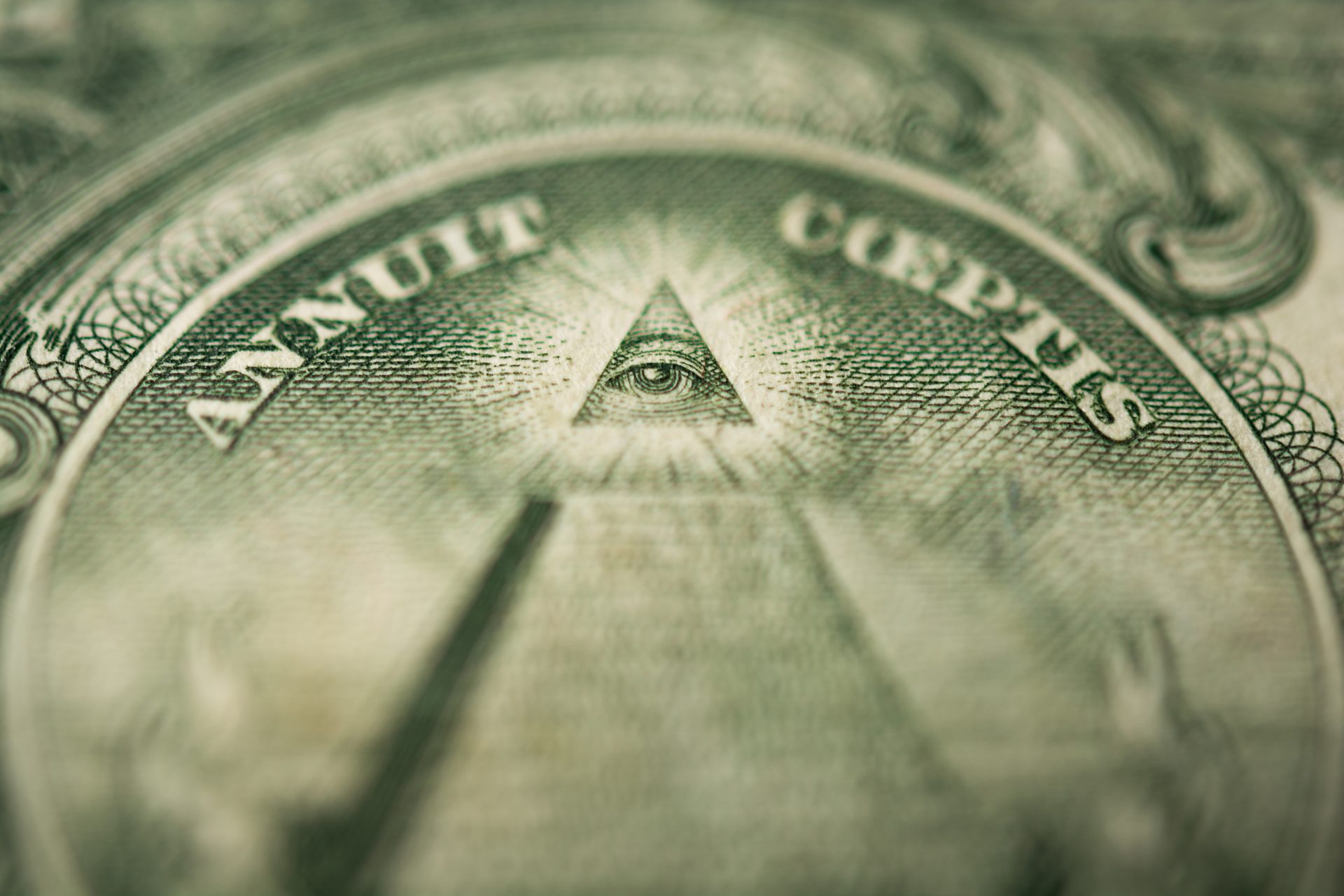A Simple Guide on How to Join a Masonic Lodge In Your Area
A Simple Guide on How to Join a Masonic Lodge In Your Area
Blog Article
Discover the Keys Behind the copyright and Their Influence on Society
The copyright, usually shrouded in myth and speculation, presents an interesting study of exactly how historical perfects can morph into modern-day conspiracy theory concepts. Started in the middle of the Enlightenment's embrace of factor, this secret culture aimed to rock the boat, yet it has because ended up being identified with notions of hidden power and control. As we explore its origins, impact on cutting edge idea, and portrayal in modern culture, we start to uncover the layers of intrigue that remain to mesmerize society. What continues to be unsure, however, is how these assumptions shape our understanding of authority and transparency today.
Beginnings of the copyright
The copyright, often shrouded in enigma and speculation, traces its origins back to the late 18th century. Recognized as the Bavarian copyright, the company's key objective was to counter the pertinent influence of religious conviction and advertise intellectual discourse amongst its participants.
The copyright adopted a hierarchical structure, drawing inspiration from Freemasonry, which permitted secretive conferences and rituals - how to become a freemason. Subscription was careful, encompassing influential numbers from different areas, including politics, viewpoint, and scientific research. This elite network looked for to effect social and political change through clandestine methods, promoting for the civil liberties of people and the improvement of culture
In spite of its relatively short existence, the Bavarian copyright was formally disbanded in 1785 due to government reductions. Its tradition sustained, giving increase to various conspiracy theories and popular culture recommendations that proceed to prompt intrigue and argument regarding its effect on modern culture.
Secret Myths and Misunderstandings
In the middle of the attraction of secrecy bordering the copyright, various misconceptions and misunderstandings have actually arised, usually distorting the group's real nature and purposes. One widespread myth suggests that the copyright controls the world's governments and economies. While it holds true that the team aimed to affect social structures, the notion that it runs as a cohesive international puppet master is largely exaggerated.
Another typical misconception is that all members of the copyright have large wealth and power. In reality, the original copyright consisted of pundits and Knowledge thinkers, most of whom looked for reform rather than dominance. The concept that the copyright solely recruits stars and political numbers is misdirecting; subscription has actually traditionally included a diverse array of people.
Furthermore, conspiracy theories often repaint the copyright as a malicious company intent on worldwide dominance through nefarious means. Therefore, dividing truth from fiction is vital for a more clear understanding of the copyright's duty in culture.
Historical Impact on Society
Throughout background, numerous intellectual movements have greatly influenced social structures, and the copyright played a substantial function throughout the Knowledge. Established in 1776 in Bavaria, the copyright intended to promote factor, secularism, and the doubting of established authority, responding to the supremacy of spiritual conviction. This company brought in significant thinkers and advocates of liberty, fostering a setting for the circulation of Knowledge ideals.
The copyright's ethos championed sensible thought and empirical evidence, which added to the broader intellectual landscape that motivated social reform and political change. Members sought to improve culture Web Site by supporting for education, flexibility of expression, and the splitting up of church and state. Their clandestine nature and ambitious program stimulated both intrigue and suspicion, causing their ultimate reductions by the Bavarian federal government in 1785.
Regardless of their dissolution, the tradition of the copyright lingered, affecting cutting edge motions throughout Europe and the Americas. Their dedication to enlightenment concepts assisted lay the foundation for contemporary democratic ideals and civils rights, leaving an enduring imprint on the structures of contemporary culture. how to become a freemason. The attraction of their deceptive celebrations and thoughtful quests remains to captivate the imagination, underscoring their historical relevance
Modern Interpretations and Beliefs
Contemporary interpretations of the copyright frequently blend historic truth with conspiracy concepts, developing a complicated tapestry of beliefs that capture popular creative imagination. While the original copyright was a Bavarian secret culture started in 1776 with Enlightenment ideals, modern-day ideas have developed to include a large range of interpretations, usually concentrating on themes of control and privacy.

Moreover, some modern-day interpretations posit that the copyright functions as an allegory for the struggle in between enlightenment and ignorance, with advocates advertising awareness and vital thinking as a way to neutralize regarded injustice. This duality-- watching the copyright as both a literal and symbolic entity-- shows the continuous fascination with the idea, mirroring much deeper social anxiousness regarding power, openness, and private autonomy in the modern world.
The copyright in Pop Culture
The copyright has penetrated numerous aspects of preferred culture, manifesting in literary works, movie, songs, and art as an icon of intrigue and mystery. This secret society, typically portrayed as a shadowy force controling international occasions, has inspired numerous narratives that discover motifs of power, conspiracy theory, and hidden knowledge.

Songs, too, has been influenced by the idea of the copyright. Musicians like Jay-Z and Beyoncé have actually encountered speculation sites concerning their affiliations with the society, prompting conversations concerning meaning in their job and the nature of popularity.
Aesthetic art frequently integrates copyright motifs, with musicians using icons like the Eye of Divine superintendence and the pyramid to evoke a sense of mystery. Through these various mediums, the copyright offers not only as a subject of supposition however additionally as a lens whereby society examines its very own complexities and concerns.
Conclusion

Report this page